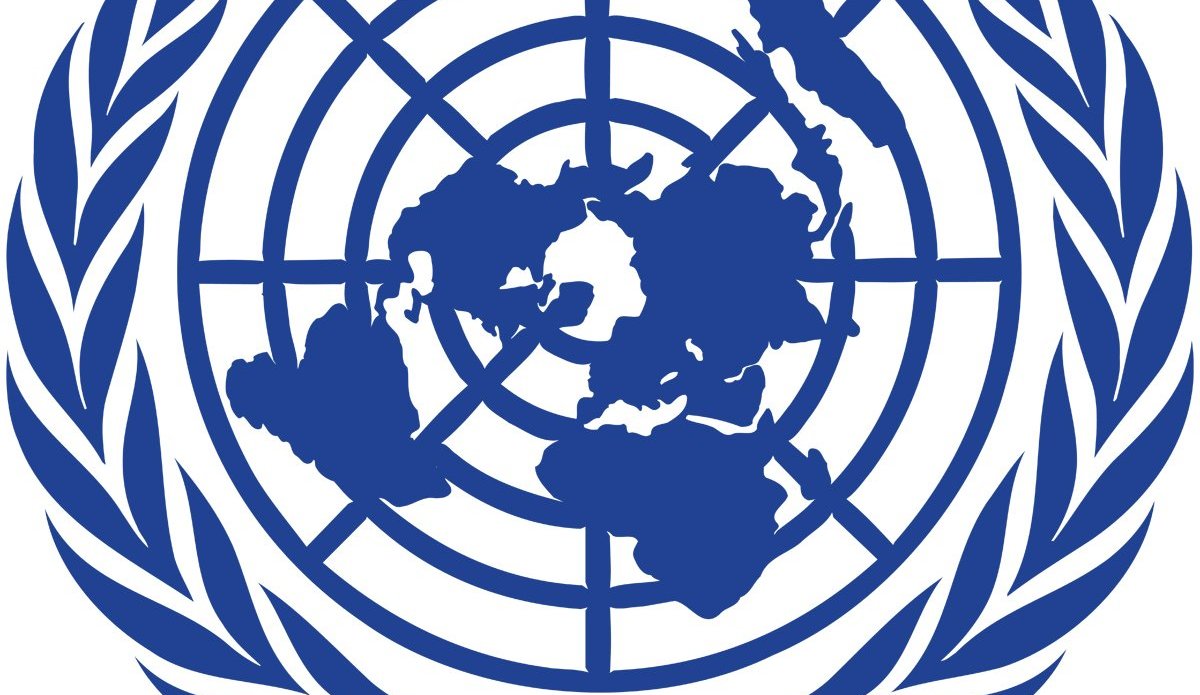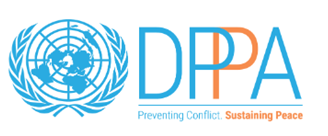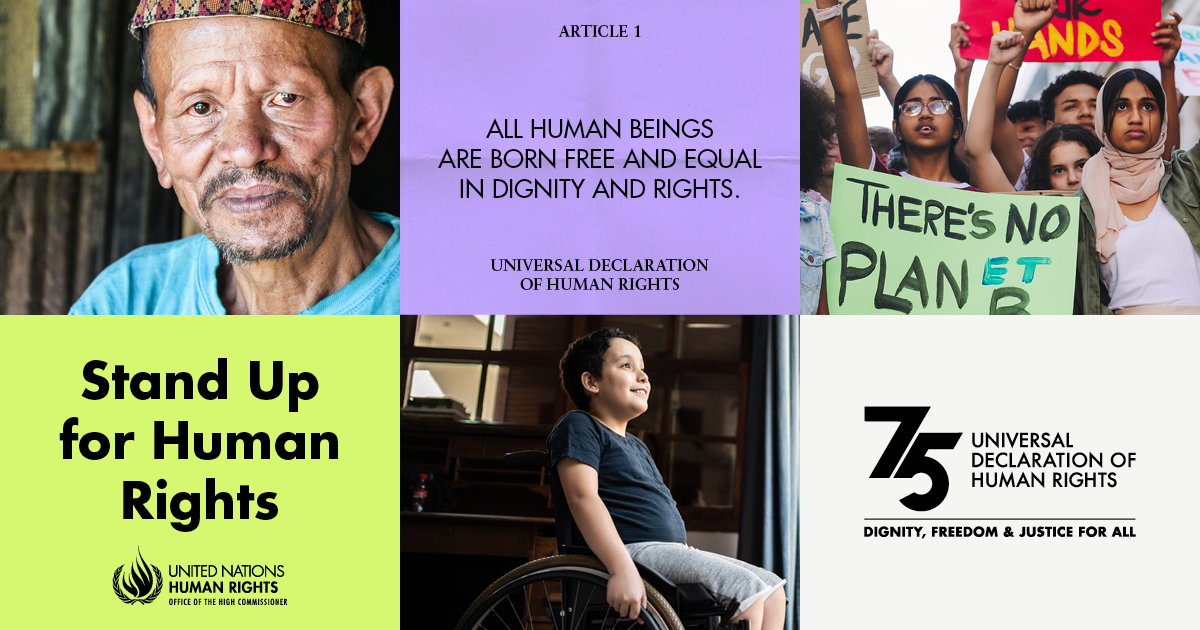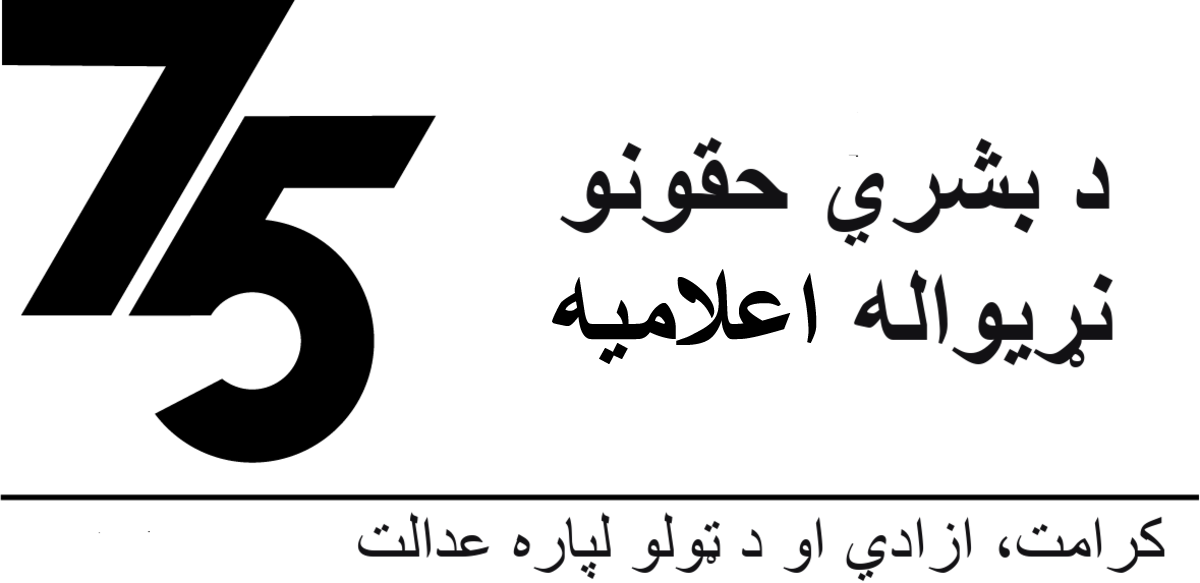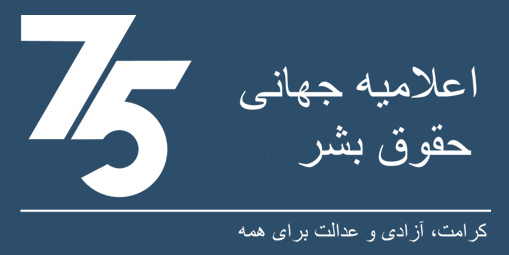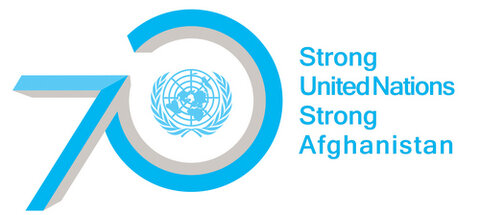Press conference transcript: UNAMA’s 2014 Annual Report on Protection of Civilians in Armed Conflict
KABUL - Below is the near-verbatim transcript of the press conference organized to released the United Nations Assistance Mission in Afghanistan (UNAMA)'s 2014 Annual Report on Protection of Civilians in Armed Conflict.
PRESS CONFERENCE TRANSCRIPT
Release of UNAMA’s Annual Report 2014: Protection of Civilians in Armed Conflict in Afghanistan
(near-verbatim; edited for clarity)
Kabul – Wednesday, 18 February 2015
Participants:
• United Nations Secretary-General’s Special Representative for Afghanistan, Nicholas Haysom
• Director of UNAMA’s Human Rights Unit, Georgette Gagnon
• UNAMA Media Relations, Nilab Mobarez
***
Nilab Mobarez: Dear media colleagues - welcome to today’s release of the Protection of Civilians report by SRSG Nicholas Haysom and the Director Human Rights, Georgette Gagnon.
Nicholas Haysom: Today UNAMA releases its report on civilian casualties for the year 2014. You may be aware that we release these reports twice a year, the first in respect of the initial six months and then at the end of the year in respect of the calendar year 2014.
This report, in a very real way, documents the impact of the conflict on ordinary Afghans and their everyday lives. The report documents incidents of civilian casualties, in other words what tactics killed civilians, which party was responsible, and the trends in this barometer of the impact of the conflict on Afghanistan. UNAMA stands by the methodology and the rigor employed by its Human Rights Unit in compiling this report.
It does include a regional breakdown and analysis of civilian casualties, and, most importantly, it recommends real measures the warring parties should take to avoid civilian casualties and injuries. I want to emphasize that that is the goal of UNAMA’s efforts in this field, as it should be, not simply to recount the horrors of war but to have an impact on the actual consequences of the war, and to remind the parties of their legal obligations to prevent civilian casualties and to prevent, in particular, the consequences and mitigate the effects of military operations.
The report is more than a simple rendition of statistics. It includes accounts, the actual voices of Afghan civilians who’ve been directly affected and harmed by the conflict. And in particular I want to refer you to that part of the report which deals with the survivors of attacks on civilians, notably widows and orphans.
In 2014, the conflict in Afghanistan took an extremely heavy toll on civilians. Civilian casualties increased, once again, by 22 per cent in comparison to those of 2013. UNAMA documented more than 10,000 civilian casualties in 2014, the highest number of civilian deaths and injuries recorded in a single year since 2009. Georgette will, in due course, give you a more detailed breakdown on the statistics provided in the report.
Although we saw more civilians killed and maimed by IED and suicide attacks by anti-government elements than the previous year, for the first time since 2009, more Afghan civilians were killed and injured in ground engagements between insurgents and Afghan National Security Forces, more so than from any other tactic, which in itself is a consequence of the changing dynamics of the conflict.
The thousands of Afghan children, women and men killed and injured in 2014 attest to a failure to protect civilians. The parties, in particular the anti-government elements, must do everything in their power to prevent civilian casualties. This is in line with their public commitment and their legal obligations under international humanitarian law.
The next time we convene such a press conference, Afghans will want to see concrete steps being taken by all the parties involved and a real drop in civilian casualties in 2015. We believe this is possible and it must be done. Thank you.
Nilab Mobarez: Now we are calling one of our colleagues from UNAMA to read for you the account of an Afghan civilian affected by conflict.
“It was in the afternoon. I was doing construction work in a building. My wife called me crying and told me to return home immediately because an explosion had killed our children. I was shocked and collapsed. Other workers helped me and took me to my home. My wife told me that all the injured and the killed were taken to hospitals. I went to a nearby hospital and saw my nine-year-old son lying dead on a bed. I was told that my other son was also dead. Then I saw my little daughter who was seriously injured, and my other son who was also severely injured, covered in blood. My daughter died the following day. It was such grief for me. Oh Allah Almighty, I lost three children! What was the crime committed by my children? They were playing, as usual, outside our house. I was told that it was a remote-controlled bomb and that the target was an Afghan National Army officer.”
Nilab Mobarez: Now I would like to invite Georgette Gagnon, Director of [UNAMA’s] Human Rights Unit in Afghanistan. Georgette…
Georgette Gagnon: The UN documented 10,548 civilian casualties in 2014, as noted the highest number of civilian deaths and injuries in a single year since 2009. This included 3,699 civilians killed, which is up 25 per cent, and 6,849 civilians injured, up 21 per cent, for a 22 per cent increase in total civilian casualties over 2013.
Civilian casualties from ground operations, this is ground fighting, surged, making them the leading cause of civilian casualties and the biggest killers of Afghan women and children in 2014. This rise in civilian casualties is mainly from these increased ground engagements, more and larger ground operations by Afghan forces and insurgents with fighting in and near district centres in civilian populated areas in which the parties used mortars, grenades -- sometimes indiscriminately -- RPGs, gunfire in these civilian populated areas with many civilians killed and injured in the crossfire.
About 3,605 civilians were killed and injured in these ground engagements. We also attributed which party was responsible for killing and injuring civilians during ground engagements. We found that 43 per cent of all civilians killed and injured in ground engagements was caused by the anti-government elements, 26 per cent by the pro-government forces and 29 per cent of ground engagements UNAMA could not attribute the civilian casualty to a specific party.
It’s important to highlight also that IEDs used by insurgents were also the highest recorded since 2009, killing and injuring almost 3,000 civilians and the second leading cause of civilian casualties followed by increased numbers of suicide attacks that killed and injured more civilians in 2014. We reiterate that these deliberate and indiscriminate attacks on civilians are violations of humanitarian law and also may amount to war crimes.
UNAMA attributed the vast majority of the civilian casualties, 72 per cent, to the anti-government elements, 14 per cent to the pro-government forces (that includes 12 per cent to Afghan national security forces and 2 per cent to international forces, 10 per cent of all civilian casualties to ground engagements between the parties in which a civilian casualty could not be attributed to a specific party and 4 per cent to other causes, unexploded ordinance and cross border shelling.
Women and children were particularly hard hit by the armed conflict, and these increased ground engagements in 2014. We saw a 40 per cent increase in children casualties with some 2,700 children killed and injured compared to 2013 and an increase in women casualties by 21 per cent with some 300 women killed and 611 injured.
As noted, we wanted to highlight in this report the situation of women and children families affected by a husband or father, a civilian being killed or injured in the conflict. We interviewed many women across the country who told us that the long term social and economic impact of losing a husband and father was extremely, extremely serious and damaging, and it affected the most vulnerable the hardest. They often had to pull their children out of school; they often had to sell their daughters or give away their daughters in marriage to pay for debts because they ended up being in poverty. And it’s our view that the government needs to do more to address the situation of this very vulnerable group of women and children who were left widowed and orphaned by conflict.
After a year in which this conflict-related violence led by ground engagements killed and injured record numbers of civilians, the destruction and damage to Afghan lives in our view must be met with a new commitment by all parties to avoid harm to civilians, and we’ve outlined in the report a number of key steps each party can take to stop civilian casualties. And I’d like to leave you today with a quote, a comment, from the United Nations High Commissioner for Human Rights, Mr. Zed Al-Hussain and his comment is in the front of the report. I’d like to read it for you now.
“This annual report shows, once again, the unacceptable price the conflict is exacting on the civilian population in Afghanistan. Documenting these trends should not be regarded as a body count but as a vital step towards accountability. It is high time that states live up to their responsibility to protect civilians and that perpetrators of war crimes and other violations understand that they will face justice for what they have done.”
Thank you.
QUESTIONS AND ANSWERS:
1TV [translated from Dari]: My question is addressed to Mr. Haysom. We all know UNAMA had a facilitating role with regard to elections as well as the formation of the National Unity Government. Since the parliamentary election is approaching and somehow the international community, or the donors, have subject their support to the electoral reforms. I would like to know your views with regard to the parliamentary elections and the possible delay as well as the donors’ position with regard to funding the parliamentary elections.
Nicholas Haysom: This question doesn’t really concern the topic that we are discussing, but I’ll briefly reply that certainly we in United Nations, and I believe the international community generally, would want to support Afghanistan in the conduct of its next elections. But the critical decisions regarding where and when and how those elections will take place are decisions for the Afghan authorities and the Afghan election bodies to take, and not for the United Nations to take.
We have agreed previously that our job is to walk with Afghans down the road of the increased democratization of their society and we will continue to do that. That doesn’t mean the United Nations will be taking decisions which should properly be taken by Afghans.
Shamshad TV [translated from Pashto]: My question is regarding the number of civilian casualties. I’d like to know in which province the numbers of civilian casualties are high or in which province the number of civilian casualties is zero.
Georgette Gagnon: That is detailed in the report. You can read the report and find that. It’s very clear. We found the highest numbers of civilian casualties in a few key areas -- in Helmand, in Faryab and in Kunar provinces, in particular, where there were a number of large ground operations and different kinds of military operations over the course of the year.
Tolo TV [translated from Dari]: My question is regarding the casualties attributed to the cross-border shelling. I would like to know whether there were any recommendations to the neighboring countries regarding that aspect.
Georgette Gagnon: The report attributed 1 per cent of all the civilian casualties to cross-border shelling. The report makes recommendations only to the government of Afghanistan and the armed forces operating inside the country.
Khorshid TV [translated from Dari]: As we all know, the international forces withdrew from Afghanistan and now the responsibility for the security and military operation is in the hands of the Afghan National Security Forces. I’d like to know how concerned you are about the increase in fighting in the spring season, and also about the rumors about the presence of ISIS in Afghanistan. Secondly, what are your messages to the insurgents as well to the Afghan National Security Forces with regard to preventing the civilian casualties?
Nicholas Haysom: We think and have always believed that it is important to engage all the parties to the conflict on the measures that they can adopt to mitigate or reduce civilian casualties. We certainly have always engaged the international forces as well as the Afghan National Forces, as well as the Taliban, on measures to reduce civilian casualties, on the standards which apply in regard to conducting warfare so as to minimize civilian casualties. We have invited the parties to question our figures, to give us information so that our reports are more accurate, and we have engaged them more generally on the need to adopt specific measures in the future so that we can report a reduction in civilian casualties. We continue to do that. We have shared this report with all parties, including the Taliban, and we will continue to engage with all the parties on the measures they can take in the interest of protecting Afghan civilians.
Georgette Gagnon: The report has very specific measures for each party to take. What we are asking all parties to do is stop using mortars, grenades, RPGs, small arms fire in and around civilian-populated areas, where there are children playing, where there are kids going to school, where women are in the markets or going about their business in the marketplaces and public places. So that is the key thing, not to fight in civilian-populated areas and not use these weapons in those places. And secondly, for the anti-government elements, not to use IEDs indiscriminately in public places. They end up killing and injuring, as you heard our colleague say, women and children, and devastate families.
Nicholas Haysom: Most of the civilian and military analysts have predicted, according to media reports, an expectation of an intensification of the conflict in the fighting season, the spring fighting season. I would just comment, without wanting to say there will or there won’t be, that even if there is an intensification of the conflict, there need not be an increase in civilian casualties if the parties to the conflict respond the recommendations in the report to exhibit care in place of recklessness in regard to potential impact on civilians.
Reuters: You mentioned that you have shared this report with the Taliban and anti-government elements. Have you ever received any response over the years that they would be accepting these recommendations, and more specifically, since the new government came to power [inaudible] contacts with the Taliban changed their attitude or willingness to engage in peace talks?
Nicholas Haysom: Let me firstly indicate that Taliban don’t necessarily accept the veracity of all the information in the report. They have accepted in their engagements with us that protection of civilians is important, and have pledged to take certain measures to eradicate civilian casualties from their own part. I think in our report what we’re asking to see is a distinct impact from those measures. We want to see results. We have gratifyingly seen public commitments. Now is the time for results.
Deutsche Press: It seems that because of the increase in ground engagements the casualty rate increased significantly this year. Can you tell us what are some of the examples of these ground engagements? Is it just indiscriminate firing of rockets and mortars or is it also battle fought in front of homes and gardens of civilians, particularly also because the percentage of civilian casualties by ANA seems to have increased significantly, or ANSF. So can you tell us a little more about this?
Georgette Gagnon: Thank you. As the report explains, the withdrawal of international forces and also the withdrawal of some of the combat are support has led to increased ground operations by both sides, by the insurgents and the Afghan forces, both offensive and defensive operations, mainly around district centres and main areas where the public is, on main roads as I said in and around district centres. Those ground operations involve a number of things, including everything you mentioned. Often there are mortars, RPGs, grenades used, sometimes indiscriminately, sometimes not. As you may know, mortars are an imprecise weapon. You can’t guide them precisely. And this is often why they’re called indirect fire weapons and this is often why they may be aiming at a lawful target but they end up impacting for example a civilian home. So that is what we have seen time and time again. And then a lot of small arms fire around check posts. So it’s a combination of different kinds of offensive and defensive military operations.
Ariana News [translated from Dari]: You mentioned that a vast percentage of the total civilian causalities was attributed to anti-governmental elements. It is 72 per cent. Don’t you think it’s a sign of war crimes committed by the anti-government elements? And secondly, if there are no electoral reforms, will the international community support the elections of Afghanistan?
Nicholas Haysom: We take heart in noting that, with regard to the electoral reforms, it’s a centerpiece of the agreement between the President and Chief Executive Officer Abdullah. And we would want to believe that there is broad support, both in the public and amongst political players, to complete electoral reform -- in other words, to say the public are entitled to better elections next time, and that we want to see a break in the cycle of fraudulent elections. And so we are operating on the basis that Afghans and Afghanistan institutions will indeed live up to their commitments in this regard.
Georgette Gagnon: As we said, deliberate attacks on civilians, indiscriminate attacks on civilians, where the parties do not distinguish between a civilian and a combatant or a military target -- those types of situations may amount to war crimes. They are what we call serious violations of international humanitarian law to which all parties -- the Taliban, Anti-government elements, Afghan forces, international forces -- are bound. These are the laws of war that apply to all parties.
Thank you.
*****
 UN
UN
